Family: Motherhood
Portrayals of Women in Israeli Media
Medieval Ashkenaz (1096-1348)
The Jews of medieval Ashkenaz are known for their prolific rabbis and for the Ashkenazic customs that became characteristic of many European Jewish communities. During the High Middle Ages, the women in these communities had many important roles women within the family and in the communal, economic, and religious life.
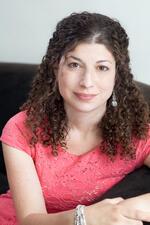
Tova Mirvis
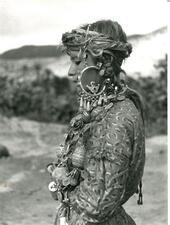
Morocco: Nineteenth and Twentieth Centuries
The Moroccan Jewish community was the largest Jewish community in North Africa during the nineteenth and twentieth centuries. The status of Moroccan Jewish women was affected by a variety of factors, including a patriarchal order and social changes brought about by economic development, urbanization, and contact with European countries.
Mother of Micah: Bible
The story of Micah’s mother in Judges 17 is short, but it offers a key insight into ancient Israelite women’s important role as a leader in household worship.
Mother of Micah: Midrash and Aggadah
One midrash posits that Delilah was Micah’s mother, based on two stories in the Bible that mention Delilah and Micah immediately after one another. However, Rashi argued that the timelines of Delilah and Micah’s lives meant that they could not be related.
Mother of Samson: Bible
Though her name is never mentioned, Samson’s mother plays a vital role in shaping her son, one of the greatest among the Judges. When notified by a divine messenger that her son must be a Nazirite, she herself keeps the Nazirite vows, ensuring that he could grow up to become a hero to Israel.
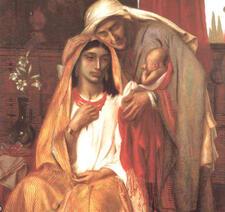
Naomi: Bible
Naomi is featured prominently in the Hebrew Bible and is portrayed as a woman who both challenges and conforms to patriarchal expectations. Analyses of Naomi from a modern feminist lens include varied interpretations of her actions, but she nevertheless dominates the stories in the Book of Ruth and effectively controls the situations of which she is a part.

Naomi: Midrash and Aggadah
Midrash portrays Naomi favorably, referring to her as righteous and significant. The Rabbis emphasize her dedication to her faith and her commitment to supporting her gentile daughter-in-law, Ruth. She guides Ruth through her conversion, encourages Ruth to maintain her devotion, and raises the child to whom Ruth gives birth.
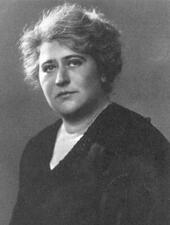
National Council of Jewish Women
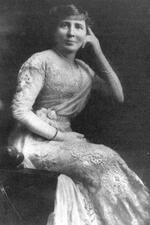
National Federation of Temple Sisterhoods
Founded in 1913 as the National Federation of Temple Sisterhoods and officially renamed Women of Reform Judaism (WRJ) in 1993, the WRJ has for more than a century galvanized hundreds of thousands of Jewish women to support and advance Reform Judaism, the Jewish people, and Jewish values in their home communities, around the country, and around the world.
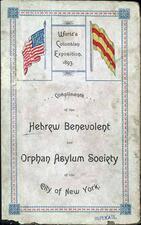
Orphanages in the United States
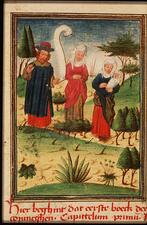
Peninnah: Bible
The second wife to Elkanah in the Hannah narrative, Peninnah is unloved—hence hated—but fertile. She represents a woman who accepts social paradigms without examining them, thus acting out the type of jealousy between co-wives known from the matriarchal texts of Genesis.

Peninnah: Midrash and Aggadah
The narrative of Peninnah centers around her interactions with Hannah, as both women were married to Elkanah. Different midrashic traditions tell stories of how Peninnah treated Hannah, most portraying Peninnah as the antagonist. Peninnah is shown irritating Hannah, although some midrashim argue that Peninnah’s actions were a result of her feeling like the least favorite wife.
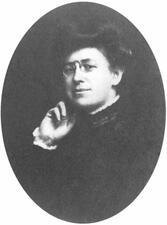
Philanthropy in the United States
In the United States, Jewish women’s philanthropy generally occurred through three main types of organizations: autonomous women’s organizations, women’s organizations that included some men, and women’s auxiliaries of male-dominated groups. In recent decades, changes in Jewish philanthropy and in gender roles have influenced contemporary styles of Jewish women’s philanthropy.
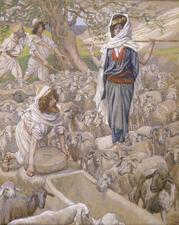
Rachel: Midrash and Aggadah
Rachel is depicted in the Torah as Jacob’s beautiful and beloved wife. The midrash portrays Rachel as a prophetess, and her statements and the names she gave her sons contain allusions to the future. Rachel’s merit continued to aid Israel even many years after her demise.
Rahab: Midrash and Aggadah
The Rabbis sing paeans of praise of Rahab for her beauty and wisdom. In many midrashim, Rahab comes to symbolize the positive influence Israel exerts on the surrounding Gentile nations, as well as successful conversion. Her ability to mend her ways was exemplary for ensuing generations, who used Rahab’s story to request divine mercy and pardon for their actions.
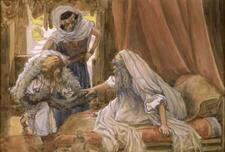
Rebekah: Midrash and Aggadah
Rebekah, one of the four Matriarchs, is characterized by the Rabbis as a prophet and a righteous woman. The midrash transforms Rebekah from an individual character with a personal story into a symbol of the realization of God’s promise to Abraham.
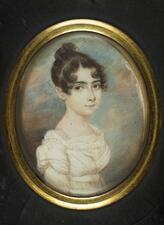
Sarah Rodrigues Brandon
Sarah Rodrigues Brandon (1798-1828) was born poor, enslaved, and Christian on the island of Barbados. By the time of her death thirty years later she was one of the wealthiest Jews in New York and her family were leaders in Congregation Shearith Israel. This entry explains Sarah’s life journey and highlights how her story relates to that of other women of mixed African and Jewish ancestry in early America.
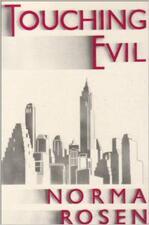
Norma Rosen
Born in Brooklyn in 1925 to secular and assimilated parents, Norma Rosen was an American-Jewish novelist, essayist, educator, editor, and professor. Rosen’s exploration of Jewish history and religion in her writings contributed to questions surrounding Jewish theology and Jewish feminism in the second half of the twentieth century.
Russian Immigrants in Israel
Approximately 350,000 Jewish women moved to Israel from the Former Soviet Union after 1989. Among the key issues they faced were occupational downgrading, sexuality and family life, sexual harassment, marital distress, and single-parent families.
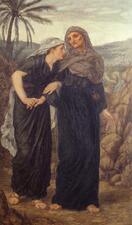
Ruth: Bible
Ruth’s story centers around her relationship with her mother-in-law Naomi and her marriage to Boaz. She struggles as a Moabite immigrant in Judea and is often forced to defer to both Boaz and Naomi. Although modern analyses both criticize and celebrate her actions, she is exalted in the Bible for her devotion and as the great-grandmother of David.

Ruth: Midrash and Aggadah
Midrash views Ruth very positively, describing her as beautiful, modest, and virtuous. The Rabbis also link Ruth with other revered women, such as Sarah and Rebekah, furthering her portrayal as an exemplary biblical woman. Despite her mother-in-law’s suspicion about the circumstances of her conversion, the midrash clarifies that Ruth converted based solely on her beliefs.
Sarah/Sarai: Bible
Originally named Sarai, Sarah is the ancestress of all Israel and the wife of Abraham. Barren for most of her life, she gives birth to Isaac at 90 years old, and after securing his position as Abraham’s heir, she largely disappears from the story of Genesis.


